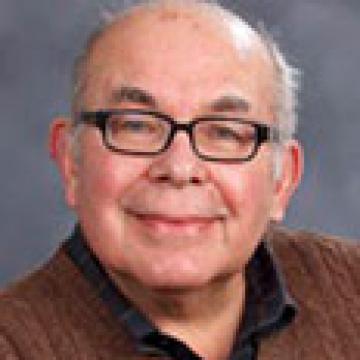William Taft: Life After the Presidency
After leaving the White House, William Howard Taft taught at Yale University Law School until President Warren G. Harding (who had nominated Taft in 1912 at the Republican convention) appointed him chief justice of the U.S. Supreme Court. During the years between his appointment to the court and his presidency, Taft campaigned for Charles Evans Hughes for President in 1916 and served as cochairman of the National Labor Board. He supported Wilson's European foreign policy and U.S. participation in the League of Nations.
Taft served as chief justice until his death in 1930. He wrote 253 opinions, or about one-sixth of all decisions handed down during his term. Most of his decisions were cautiously conservative and constraining of government. In Truax v. Corrigan, for example, he struck down the provision of the Clayton Anti-Trust Act which barred injunctions against labor picketing. He reasoned that even peaceful picketing may violate the Fourteenth Amendment in depriving business owners of their property without the due process of law. He also ruled against the right of Congress to discourage child labor by levying an excise tax on goods manufactured by children (Bailey v. Drexel Furniture Co.) However, in at least one instance Taft had an opportunity to expand the President's power. His majority opinion in Myers v. United States invalidated tenure of office acts which limited the power of the President to remove subordinates, in this case postmasters. President Andrew Johnson's violation of similar law, the Tenure of Office Act of 1867, led to his impeachment by the House of Representatives.
On March 8, 1930, Taft died from complications of heart disease, high blood pressure, and inflammation of the bladder. His funeral was the first presidential funeral broadcast on radio. He was buried at Arlington National Cemetery. Taft and John F. Kennedy are the only Presidents buried at Arlington. His wife lived for another thirteen years—the only woman to be both First Lady and wife of a chief justice.
